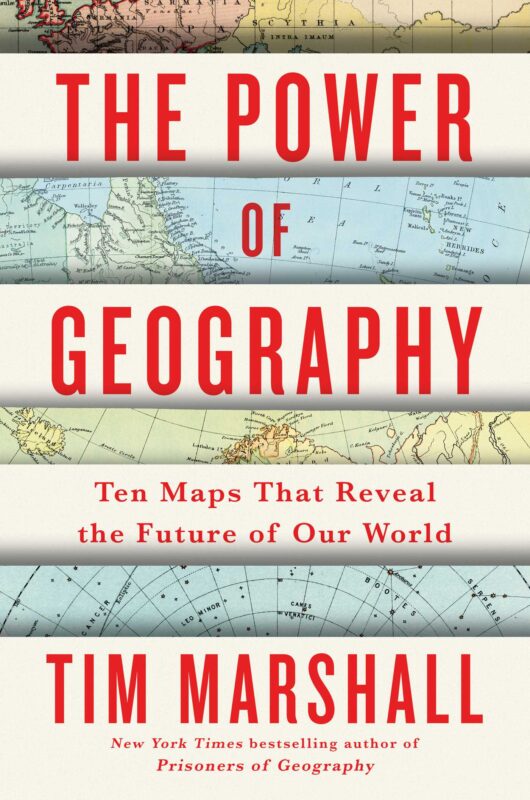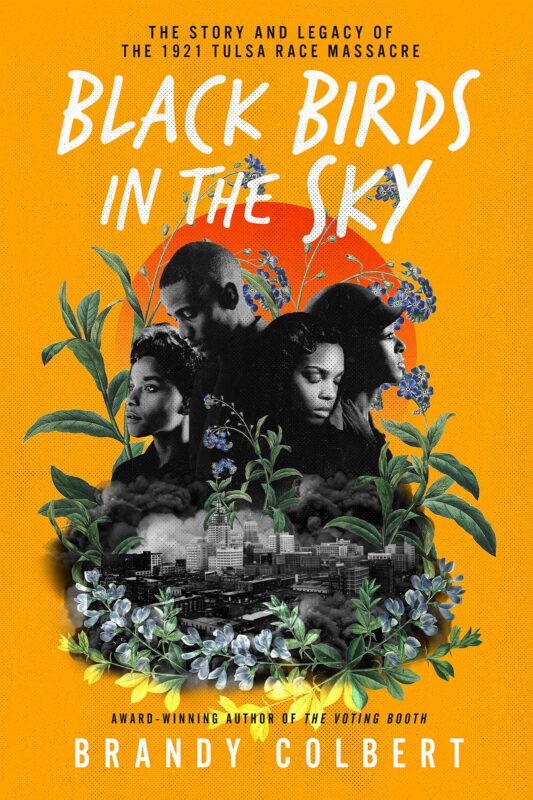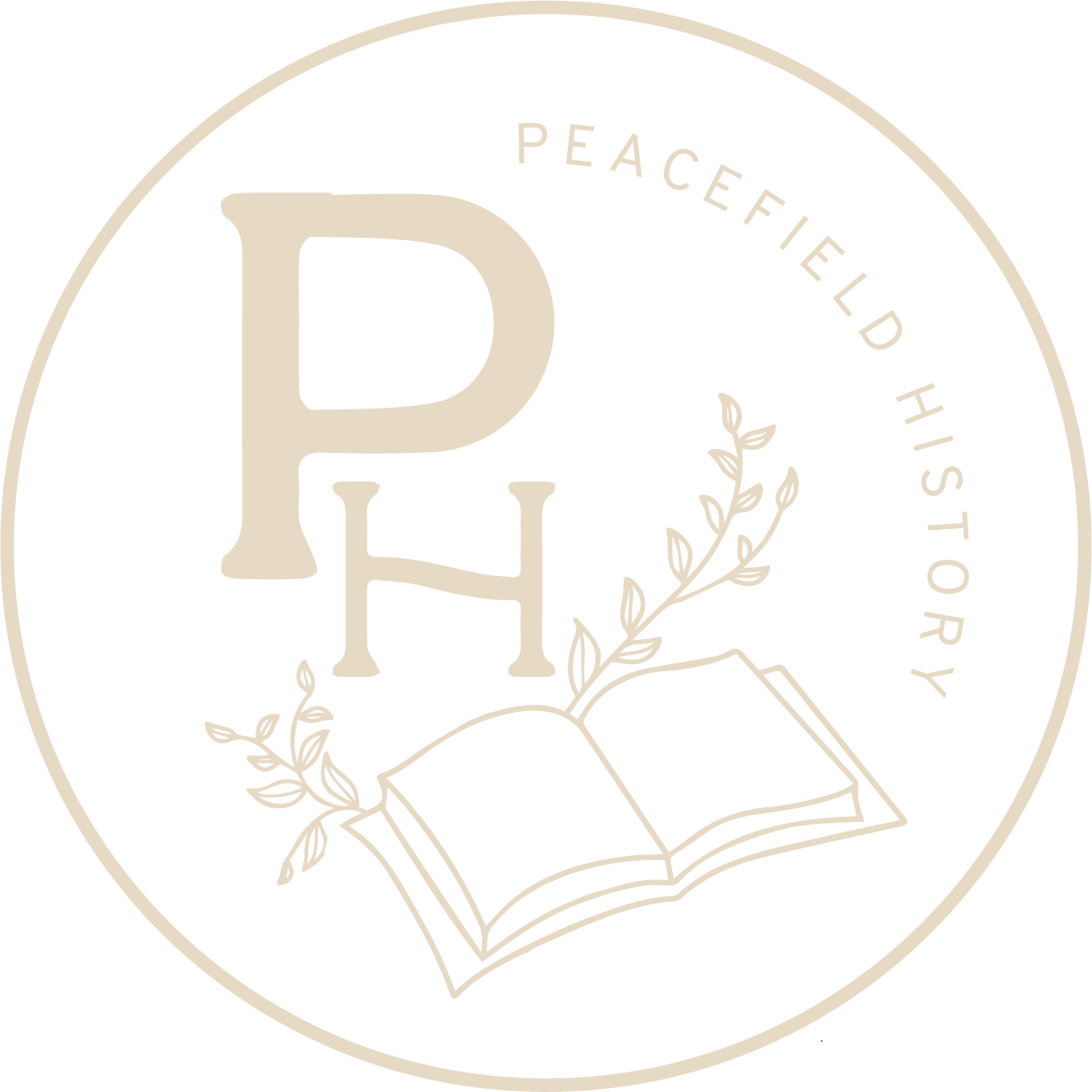Loves and Links

Welcome back to another Loves, Links, Reads, and Reviews – the monthly link roundup where I post my best Social Studies related finds from the internet, and discuss all that I’ve been up to in the past month.
Loves and Links
The 1619 Project and the Long Battle Over U.S. History – With the release of two new books surrounding the 1619 project, Nikole Hannah-Jones has been making the rounds to promote the book and discuss the (unfair) criticism that has been sent her way. This article has a nice summary of events.
The Latest Research on the Brain and Learning – I found this amazing slideshow, packed with research, on Twitter, and then promptly lost the source. (If you know the source, feel free to message me and I’ll update this post.) If you click through the slideshow, you’ll see a bunch of myth-busting and linked research. Learning styles, Boom’s Taxonomy, the science of reading… there are so many great topics addressed in this presentation.
At Colonial Williamsburg, a ‘Landscape of Resistance’ Is Thriving Once Again – As an avid gardener, I’ve always been intrigued by the connections between food, culture, and history. This post discusses how Michael Twitty (author of the Cooking Gene) has revived the garden of enslaved people at Colonial Williamsburg.
How Movement and Gestures Can Improve Student Learning – Yet another reason I love stations for learning. This post from KQED discussed how purposeful movement is beneficial to learning.
https://www.autodraw.com/ – I don’t know how I didn’t know about this site sooner. Honestly, way wasn’t this on my radar when we were all teaching remotely? At any rate, this website is FREE, student friendly, and is the perfect assessment tool. It predicts what students are trying to draw digitally. It’s a very simple website, so it stores students progress automatically, and sharing a product is quite student friendly also. I would suggest checking it out for formative assessment.
Give that it’s near the end of the year, “top 2021” book lists are starting to come out. I’ve seen a couple that I’d definitely going to spend some time pursuing. (Side note, do you spend hours just choosing your next book? Yeah, same.) Check out NPR’s Books We Love , the Smithsonian’s 10 Best History Books of the Year, and the New York Times’ 100 Notable Books of 2021.
Google Expeditions – I know that many teachers were dismayed when it seemed like Google Expeditions had gone away. This blog post shows how many of them have actually reappeared on Google Arts & Culture.
Translate My Slide – Out of everything on this list, this add-on is the game changer for teachers. Like many teachers, I’ve taught emerging bilinguals with little/no support besides a “good luck!” I create in Google Slides, so I spent years of my life translating every document by translating each text box separately. It was awful and time consuming. I tried this add-on. It worked. I don’t know that the translation was excellent, but it was SO MUCH QUICKER that what I’ve had to do previously. Download the add-on and try it out!
Peacefield History posts from this past month…
I posted on my Instagram page about the new book releases for middle grade and YA historical fiction and non-fiction. You can preview the offerings below and shop through these links on bookshop.org.
New Peacefield History Resources
Labor Strikes of the Late 1800s – With this activity, students will listen to one of the more accessible podcasts from American History Tellers – The Gilded Age – Workers Revolt! The guided notes are broken into sections for students. This podcast discusses the Haymarket bombing, the Homestead strike, and the Pullman strike.
The Second Industrial Revolution – With this activity, students will analyze the reasons why the Second Industrial Revolution developed in the United States. This lesson is meant to serve as one of the introductory lessons for the Gilded Age. Teachers should use the ideas presented on each slide to collect prior knowledge from students, annotate the slides, and then build on student understanding. Students will also learn about the major technological inventions of the Gilded Age.
Reads and Reviews
I only read 2 books this month. It’s a bit atrocious. I basically gave that time over to knitting. By the end of the month I realized that I could both knit and listen to audiobooks. I suspect that will take over a bit of my time this winter.
The Power of Geography
Series: Reads and Reviews, Reads and Reviews - November 2021
Genre: Historical Nonfiction - Adult
Black Birds in the Sky
Series: Reads and Reviews, Reads and Reviews - November 2021
Genre: Historical Nonfiction - YA
(YA reading level - graphic depictions of violence and use of the "n" word is historical documents)




